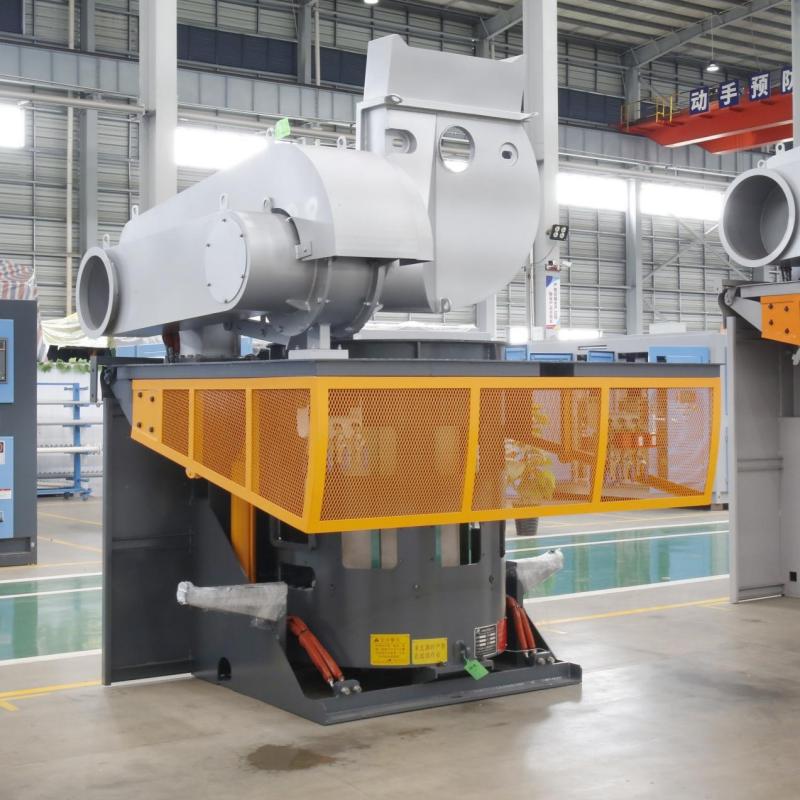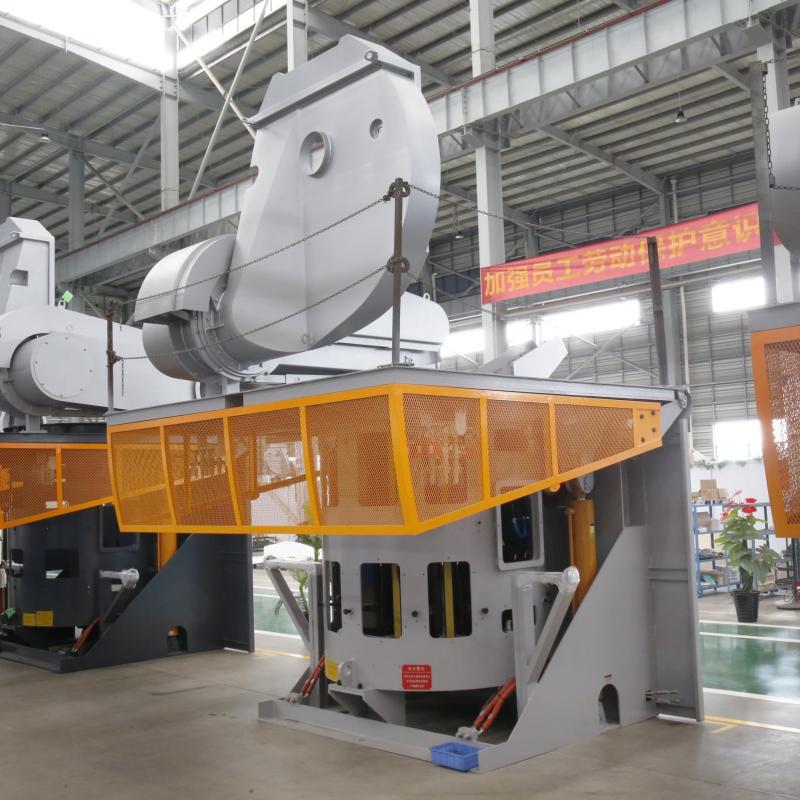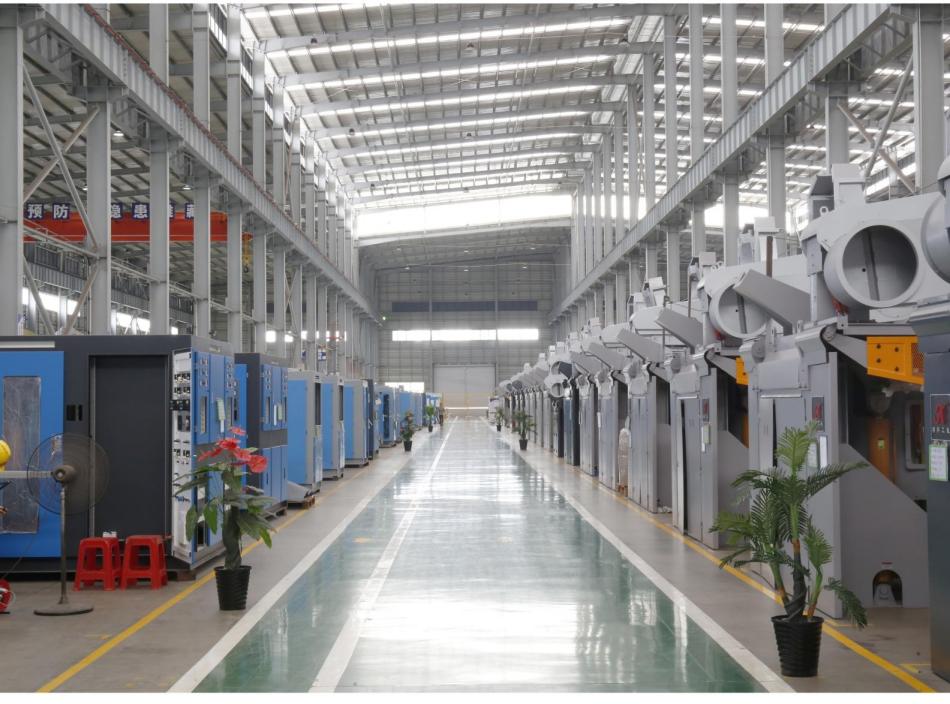
Enhancing Steel Foundry Operations: Intermediate Frequency Coreless Induction Melting Furnace for Steel
Efficient melting technology is vital in steel foundries, crucial for optimizing production, cutting costs, and ensuring top-notch output. With rising demands for precision and energy efficiency in steel manufacturing, advanced melting technologies, particularly intermediate frequency coreless induction melting furnaces, play a pivotal role. These furnaces boast several advantages such as accelerated melting times, precise temperature regulation, and lower energy usage. Through electromagnetic induction, they achieve uniform heating and reduce impurities, thereby enhancing steel quality. Their versatility and efficiency are pivotal in contemporary steel foundries, propelling industry advancements.
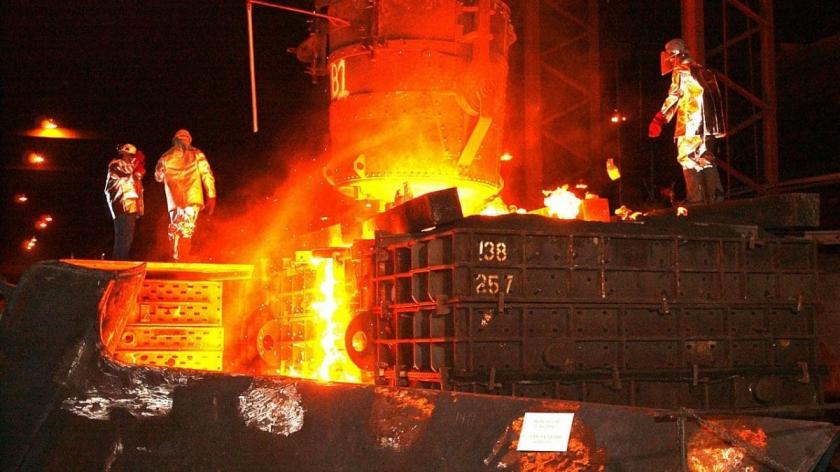
Understanding Intermediate Frequency Coreless Induction Melting Furnaces
Definition and Basic Principles
Intermediate frequency coreless induction melting furnaces are cutting-edge technology in steel foundries, known for their advanced interactive features and superior craftsmanship. Rongke’s Intermediate Frequency Coreless Induction Furnace exemplifies this with enhanced interactive windows, quality details, and high-level technology. These furnaces use electromagnetic induction to generate heat, ensuring uniform heating and minimal impurities. The superior material, processing technology, and craftsmanship ensure that production is safer, more stable, and energy-efficient, positioning them at the industry’s forefront.
Advantages Over Other Melting Technologies
Intermediate frequency coreless induction melting furnaces offer several advantages over traditional melting technologies. First, they are significantly quieter, with noise levels 30% lower than similar products, enhancing the work environment. Second, the furnace shell is fully enclosed, preventing coil ignition caused by dust pollution and providing secondary shielding for the magnetic field. This results in magnetic radiation levels that are only 10% of those generated by similar products, far below national standards. These benefits make these furnaces a superior choice for modern steel foundries, ensuring safer and more efficient operations.
Key Components of Intermediate Frequency Coreless Induction Melting Furnaces
Magnet Yoke Technology
The magnet yoke is a crucial component made from high-quality cold rolling directional silicon steel sheets, ensuring magnetic losses are minimal. With a coverage rate higher than 70%, the magnet yoke supports the induction coil from every direction and gathers the induced magnetic field into the molten bath. Water flows through both sides of the magnet yoke, balancing heat dissipation and significantly improving the working life. The design combines cooling and supporting functions, making it maintenance-free. This premium construction results in low magnetic loss, minimal heat production, and extended durability.
Rongke IDE Full-Time and All-Round Furnace Leakage Alarm System
Rongke’s IDE leakage alarm system is an essential safety feature. The leakage detection principle involves triggering an alarm when molten iron seeps from the furnace lining and contacts the current detection electrode. If the iron penetrates to the coil, the voltage detection circuit will sound alarms and indicate the specific location. The grounding alarm detection principle activates when molten iron penetrates within 2 cm of the coil, causing the leakage current to exceed set values or if the coolant’s conductivity increases. This intelligent system promptly senses and triggers alarms, ensuring comprehensive monitoring and safety.
Strong Supporting System
The supporting system of these furnaces is robust and reliable. It includes a stable tilting furnace drive system and a cooling system linked with the leakage alarm for enhanced safety. The 360-type dust hood provides multidirectional opening and closing with strong suction. The hydraulic oil pump operates with one in use and one standby, while all oil cylinders feature explosion-proof valves and protective covers. Exposed oil pipes are equipped with fire-proof sleeves, and the cooling system uses enclosed distilled water with German Continental brand carbon-free rubber pipes. This system is monitored for water temperature and pressure, ensuring stability and worry-free operation.
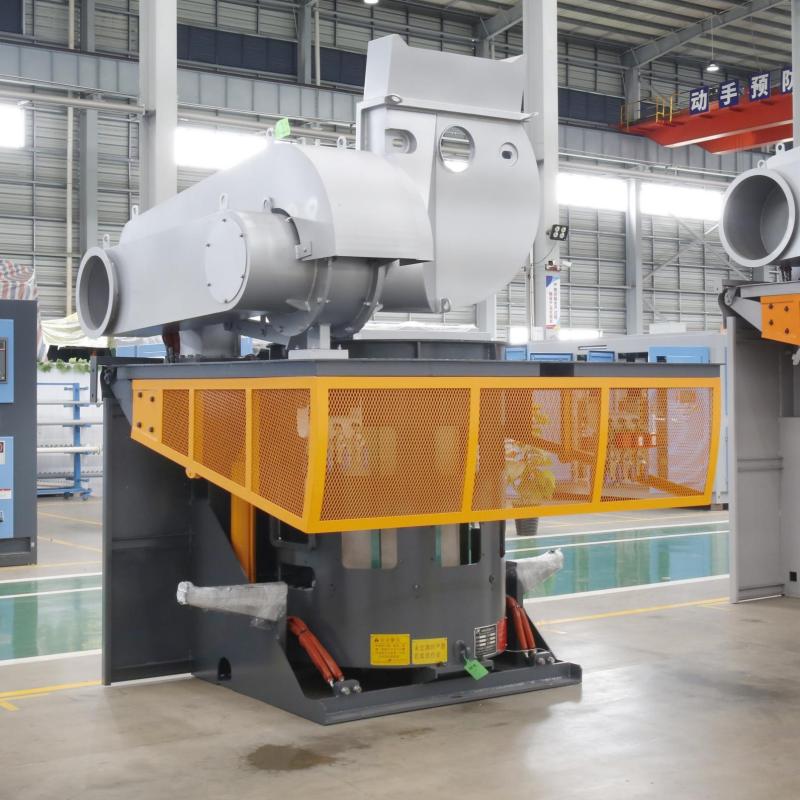
Operational Advantages
Faster Melting Cycles and Increased Productivity
Intermediate frequency coreless induction melting furnaces excel in rapid melting cycles, significantly outperforming traditional methods. This efficiency enhancement boosts overall productivity in steel foundries, enabling increased output without sacrificing quality. Rapid attainment and precise maintenance of target temperatures streamline production schedules, leading to higher throughput and optimal resource utilization.
Improved Metal Quality and Consistency
These advanced furnaces uphold superior metal quality and consistency through meticulous temperature regulation and uniform heating. By utilizing electromagnetic induction, they effectively minimize impurities and mitigate contamination risks, ensuring the production of high-quality steel with consistent mechanical properties. This reliability is crucial for meeting stringent industry standards and ensuring the durability and reliability of end products.
Reduced Labor Intensity and Operational Costs
The automation capabilities and advanced features of intermediate frequency coreless induction melting furnaces significantly diminish labor intensity, optimizing operational efficiency. Automation reduces manual intervention, thereby lowering the likelihood of errors and reducing operational costs. Moreover, the energy efficiency inherent in the induction melting process contributes to substantial cost savings, establishing these furnaces as a financially prudent choice for modern steel foundries.
Applications in Steel Foundries
Melting Different Types of Steel Alloys
These furnaces demonstrate exceptional versatility by effectively melting a diverse range of steel alloys. This adaptability is crucial for steel foundries engaged in manufacturing various products, from high-strength structural steel to specialized alloy steels. Precise control over melting parameters ensures that each alloy meets exacting chemical compositions and mechanical property requirements, facilitating the production of customized steel grades.
Integration with Foundry Automation Systems
Intermediate frequency coreless induction melting furnaces seamlessly integrate with contemporary foundry automation systems, significantly enhancing overall operational efficiency. Automation enables precise control and real-time monitoring of the melting process, minimizing the need for manual oversight and reducing operational downtime. This integration ensures consistent production quality and empowers foundries to leverage cutting-edge technologies for enhanced performance and efficiency gains.
Success Stories
Numerous case studies underscore the effectiveness of intermediate frequency coreless induction melting furnaces in steel foundries. For instance, adopting this technology has resulted in a notable 25% increase in productivity and substantial reductions in energy consumption for some facilities. Others have reported improvements in steel quality and reduced rejection rates, highlighting the tangible benefits of these advanced furnaces in real-world applications across different operational scenarios.
Future Trends and Innovations
Advances in Furnace Design and Efficiency
Future advancements in intermediate frequency coreless induction melting furnaces are poised to focus on continuous design enhancements and improved operational efficiency. Innovations such as enhanced insulation materials, optimized coil designs, and more efficient power supply systems are anticipated to further elevate performance levels. These advancements will enable steel foundries to achieve even greater productivity and cost-effectiveness in their operations.
Integration with Industry 4.0 Technologies
The integration of Industry 4.0 technologies, including IoT sensors, artificial intelligence, and advanced data analytics, promises to revolutionize furnace operations. These technologies facilitate real-time monitoring, predictive maintenance, and adaptive process control, effectively reducing downtime and optimizing operational efficiency. By harnessing the capabilities of Industry 4.0, steel foundries can implement smarter, more responsive manufacturing processes that adapt to dynamic production demands.
Potential for Carbon Footprint Reduction
Addressing environmental concerns remains a pivotal focus for the future of steel foundries. Intermediate frequency coreless induction melting furnaces already offer inherent energy efficiency advantages and lower emissions compared to traditional methods. Future innovations will further enhance energy efficiency and incorporate renewable energy sources, aiming to minimize the carbon footprint of steel production processes. These efforts will play a crucial role in promoting sustainability and environmental stewardship within the industry.
CONCLUSION
Efficient melting technology is vital in steel foundries, crucial for optimizing production, cutting costs, and ensuring top-notch output. With rising demands for precision and energy efficiency in steel manufacturing, advanced melting technologies, particularly intermediate frequency coreless induction melting furnaces, play a pivotal role. These furnaces boast several advantages such as accelerated melting times, precise temperature regulation, and lower energy usage. Through electromagnetic induction, they achieve uniform heating and reduce impurities, thereby enhancing steel quality. Their versatility and efficiency are pivotal in contemporary steel foundries, propelling industry advancements.


